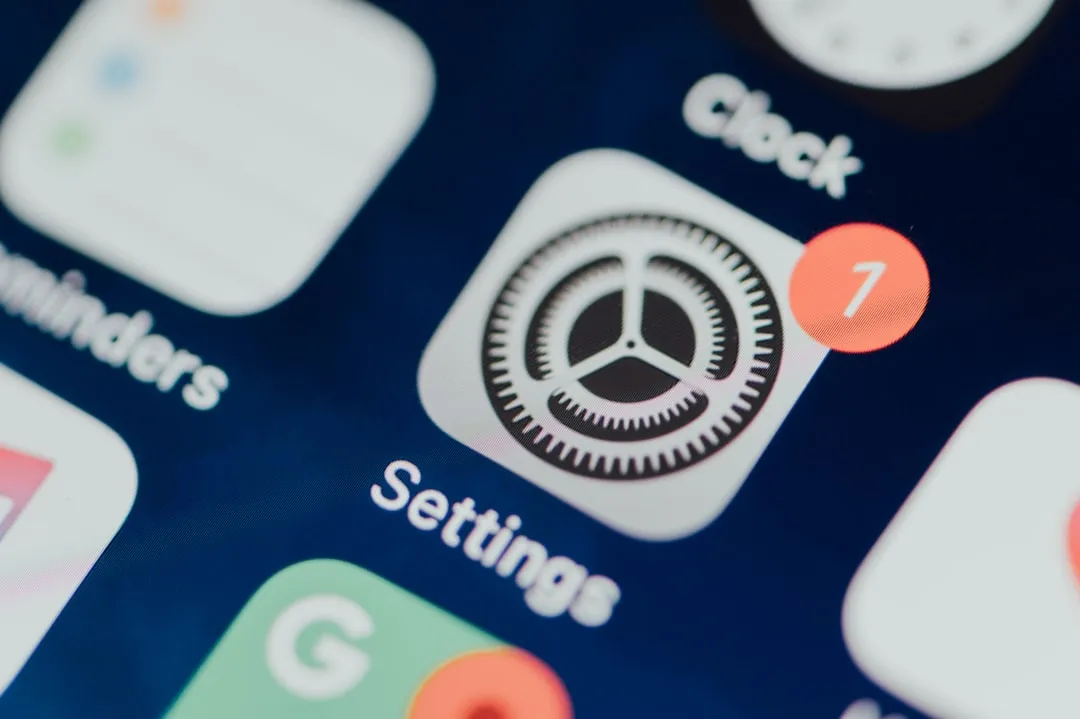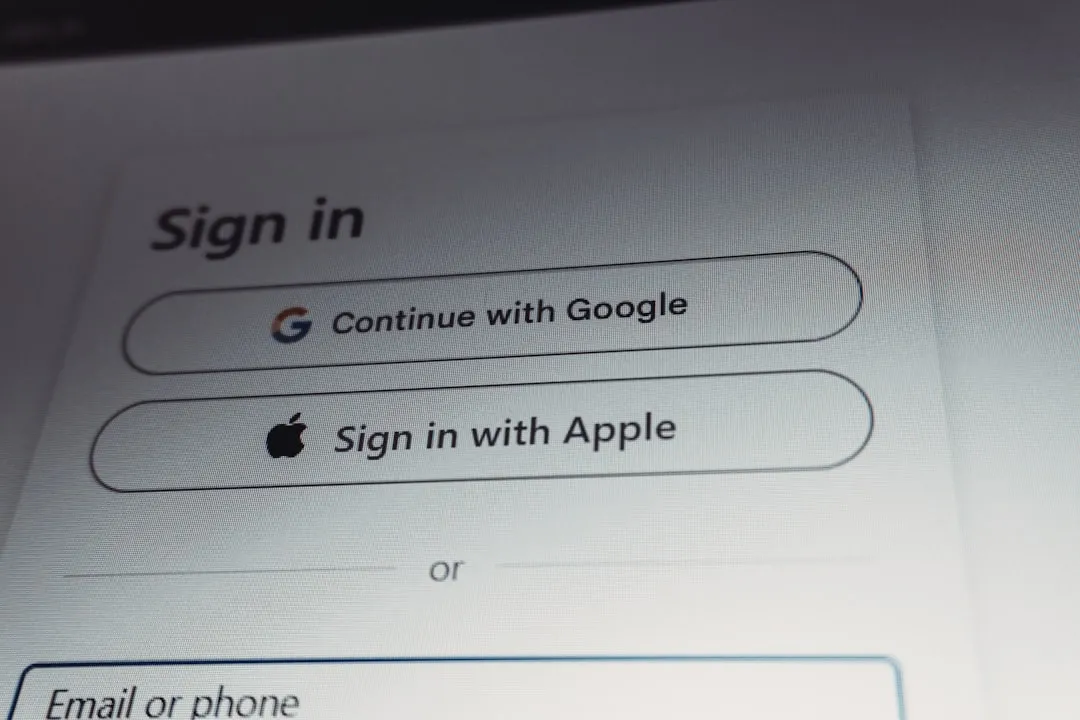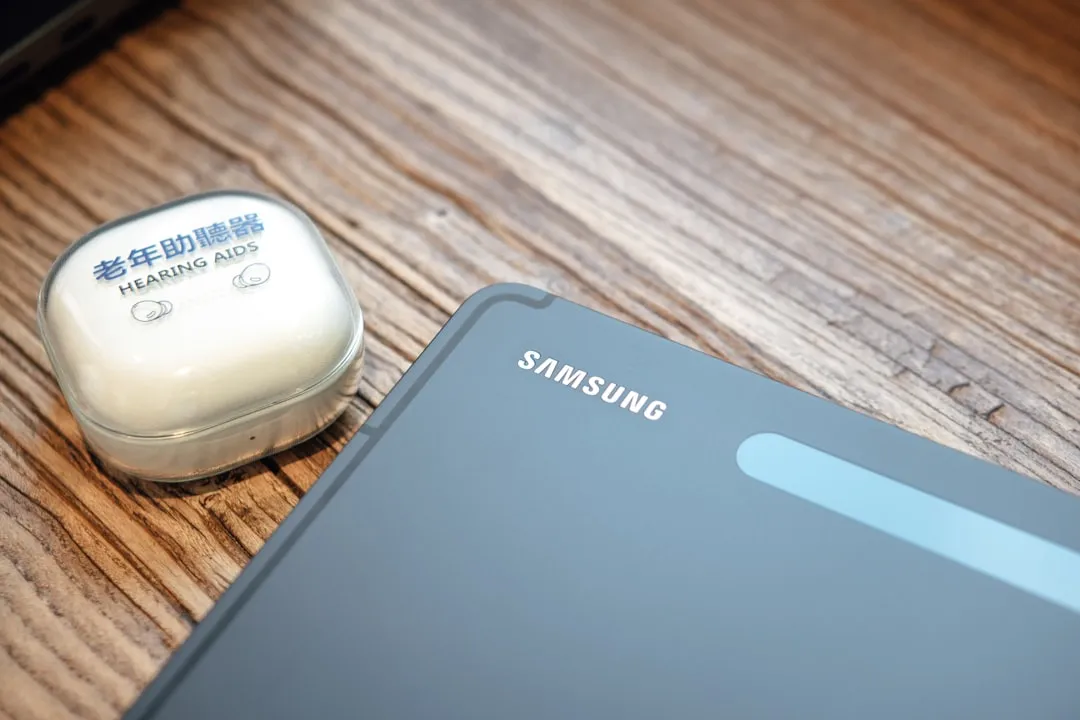How-To Guides about Percussion


how to
How to Play the Tambourine


how to
How to Build your own Xylophone


how to
How to Play the bodhrán drums with dynamics


how to
How to Play Drums 


























Featured On WonderHowTo:
Productivity & Shortcuts










Featured On WonderHowTo:
Music & Audio










Featured On WonderHowTo:
Augmented Reality










Featured On WonderHowTo:
Gaming




























































































































































































































